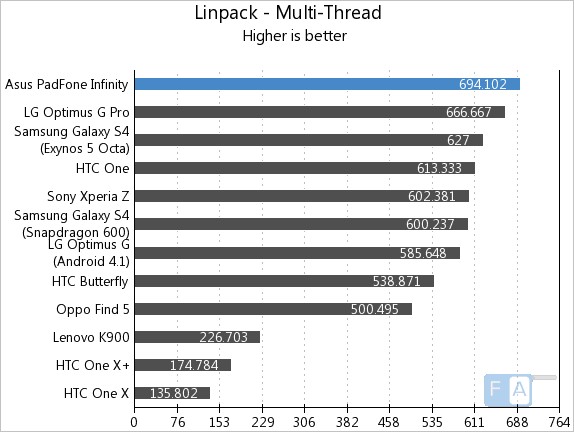


See BogoMips and the megahertz myth.īenchmarks are designed to mimic a particular type of workload on a component or system. For example, Pentium 4 processors generally operated at a higher clock frequency than Athlon XP or PowerPC processors, which did not necessarily translate to more computational power a processor with a slower clock frequency might perform as well as or even better than a processor operating at a higher frequency. Therefore, tests were developed that allowed comparison of different architectures. 6.1 Industry standard (audited and verifiable)Īs computer architecture advanced, it became more difficult to compare the performance of various computer systems simply by looking at their specifications.Software benchmarks are, for example, run against compilers or database management systems (DBMS).īenchmarks provide a method of comparing the performance of various subsystems across different chip/system architectures. The term benchmark is also commonly utilized for the purposes of elaborately designed benchmarking programs themselves.īenchmarking is usually associated with assessing performance characteristics of computer hardware, for example, the floating point operation performance of a CPU, but there are circumstances when the technique is also applicable to software. In computing, a benchmark is the act of running a computer program, a set of programs, or other operations, in order to assess the relative performance of an object, normally by running a number of standard tests and trials against it. WikiProject Computer science may be able to help recruit an expert. The specific problem is: Outdated or deprecated sources. This article needs attention from an expert in Computer science.


 0 kommentar(er)
0 kommentar(er)
